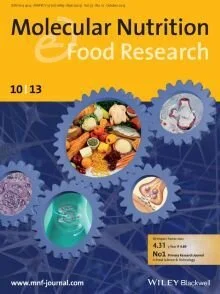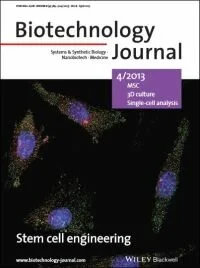 A relatively “easy” way of treating hypertension is a change in diet. This is due to, in part, the bioactive peptides with antihypertensive activity in various food proteins that are released during digestion. In this context, Arg-Phe (RF) is the molecule with the most potent vasorelaxing effect to date. Dr. Kousaku Hinata and colleagues from the Graduate School of Agriculture at the Kyoto University investigated whether there were more peptides containing the RF sequence with similar features. In their study published in the journal Molecular Nutrition and Food Research the team focused on protease hydrolysate of rice glutelin and discovered a new tetrapeptide: Ile-His-Arg-Phe (IHRF). In further experiments with spontaneous hypertensive rats the group demonstrated that IHRF is even more potent and persisted longer after oral administration than RF. To understand the mechanism of the antihypertensive activity of IHRF and to get to know more of the peptide’s features read the article online. / Maresa Groten
A relatively “easy” way of treating hypertension is a change in diet. This is due to, in part, the bioactive peptides with antihypertensive activity in various food proteins that are released during digestion. In this context, Arg-Phe (RF) is the molecule with the most potent vasorelaxing effect to date. Dr. Kousaku Hinata and colleagues from the Graduate School of Agriculture at the Kyoto University investigated whether there were more peptides containing the RF sequence with similar features. In their study published in the journal Molecular Nutrition and Food Research the team focused on protease hydrolysate of rice glutelin and discovered a new tetrapeptide: Ile-His-Arg-Phe (IHRF). In further experiments with spontaneous hypertensive rats the group demonstrated that IHRF is even more potent and persisted longer after oral administration than RF. To understand the mechanism of the antihypertensive activity of IHRF and to get to know more of the peptide’s features read the article online. / Maresa Groten
See article online: Kontani N. et al. Characterization of Ile-His-Arg-Phe, a novel rice-derived vasorelaxing peptide with hypotensive and anorexigenic activities. Mol. Nutr. Food Res. 2013
For more articles on Molecular Nutrition and Food Research


 The therapeutic promise of stem cells is immense and is by no means a pipe dream. An excellent example of this is the transplant of hematopoietic stem cells for the treatment of hematopoietic malignancies, which is now routine clinical practice.
The therapeutic promise of stem cells is immense and is by no means a pipe dream. An excellent example of this is the transplant of hematopoietic stem cells for the treatment of hematopoietic malignancies, which is now routine clinical practice.
 How can a tiny molecule like ethanol be at the root of so much human misery? Most of us have enjoyed a glass of champagne to celebrate a special occasion, a beer to relax after a hard day of work, or a glass of wine to accompany a nice meal.
How can a tiny molecule like ethanol be at the root of so much human misery? Most of us have enjoyed a glass of champagne to celebrate a special occasion, a beer to relax after a hard day of work, or a glass of wine to accompany a nice meal.